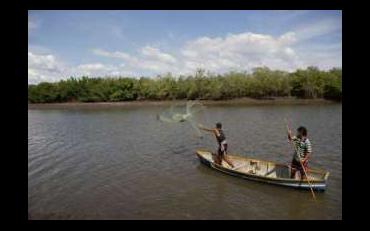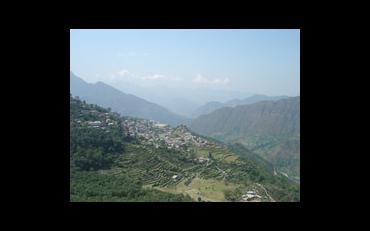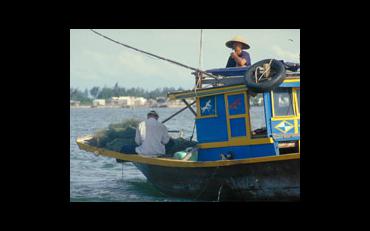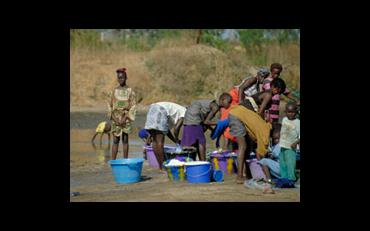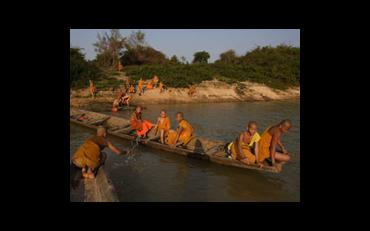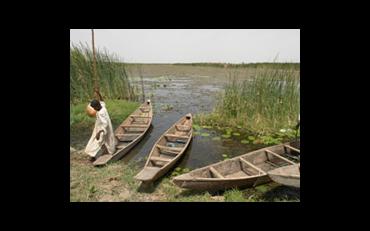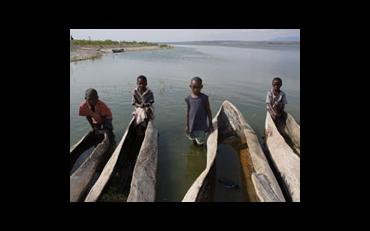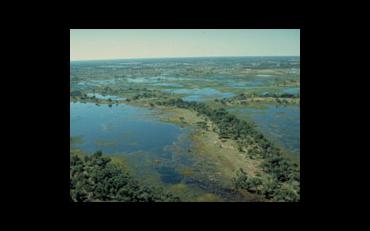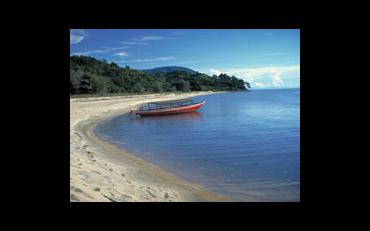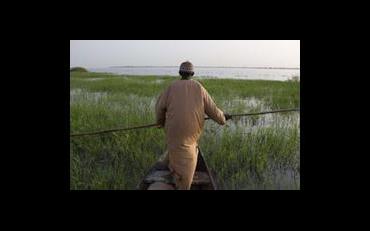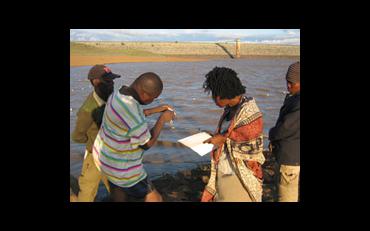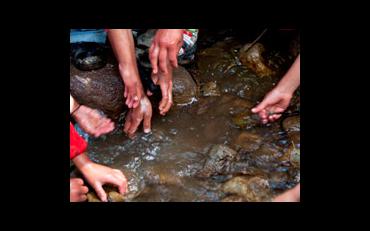In Nigeria’s Komadugu-Yobe River Basin, upstream of Lake Chad, dam construction and irrigation caused falling river levels, impacting livelihoods and leading to conflict. Governments and civil society agreed a Water Charter for the Basin. Farmers, fishermen and herders joined in negotiation of plans to restore the river. Practical demonstrations helped restore the river’s flow locally, allowing communities to improve livelihoods and reduce conflict. Trust gained from practical measures has led to authorities now investing in a Trust Fund for sustainable management and restoration of the Basin.
